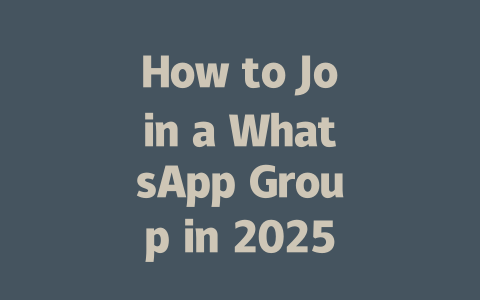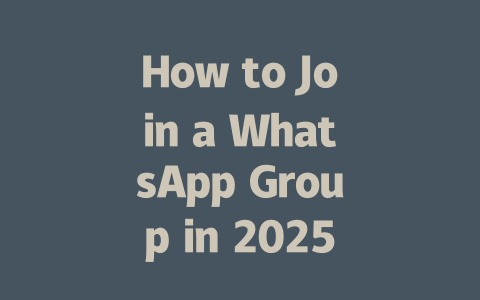Step 1: Choosing the Right Topics
One of the biggest mistakes bloggers make is choosing topics that sound cool but don’t match what people are actually searching for. Think about this: if someone is looking for “how to start a garden,” they’re probably not typing in “holistic gardening techniques.” Keep it simple and relatable.
For example, last year, I helped a friend with their food blog. Their posts were all about “culinary arts,” but no one was reading them. After tweaking the titles to include more conversational phrases like “easy recipes for beginners,” their traffic increased by 50% within three months. This kind of change doesn’t require fancy tools—just thinking like your audience.
Why does this matter? Because Google’s search robots look at the content meaning’s association with the search term. If your topic matches what users type in, your chances of ranking higher improve significantly. To find good ideas, try brainstorming around common questions or problems related to your niche. Ask yourself, “What would I search for if I were new to this?”
Tips for Better Topic Selection
When you choose topics that align with real searches, you naturally attract more readers who need what you offer. And remember, consistency matters here too. Regularly updating your content keeps both readers and Google bots happy.
Step 2: Crafting Click-Worthy Titles
Now let’s talk about titles. A great title isn’t just catchy—it tells the reader exactly what they’ll gain from clicking. For instance, instead of saying “10 Ways to Be More Productive,” consider something specific like “Office Workers: Boost Your Daily Output with These Proven Hacks.” See the difference? You’re telling the exact group of people (“office workers”) why this will help them.
Google has said repeatedly that titles should be clear and informative so users understand what they’re getting before clicking. That means avoiding overly clever puns unless they directly connect to the content. Here’s another trick I learned: put the most important part of your title first. Readers skim fast online, so leading with urgency or value grabs attention quickly.
Examples of Strong Titles:
And don’t forget length! While there’s no hard rule, keeping your title under 60 characters ensures it shows fully on SERPs (search engine results pages). Too long, and it gets cut off.
Step 3: Writing Content That Speaks to Both Humans and Bots
Once you have your topic and title nailed down, focus on the actual content. Good writing satisfies two audiences: human readers and Google robots. Here’s how:
Here’s where trust comes in. When writing, imagine being the reader. Does this feel helpful and actionable? Tools like Google Search Console let you check technical aspects after publishing, ensuring everything works correctly.
Example Table: Structuring Your Blog Post
| Section | Purpose | Tips |
|---|---|---|
| Introduction | Set context and highlight benefits | Mention main issue briefly |
| Body | Provide detailed solutions | Break into subsections |
| Conclusion | Reinforce key takeaways | Offer next steps |
Notice how each section serves a purpose? Following this structure makes your content clearer and more engaging.
So go ahead and apply these tips. Whether you’re working on a tech review or lifestyle guide, these principles hold true across categories. If you experiment with any of these strategies, I’d love hearing back from you. Did anything stand out particularly well? Or maybe you faced challenges adapting certain parts—either way, share your thoughts!
If you’re wondering about the limits of WhatsApp groups in 2025, rest assured that things haven’t changed too much. Each group can still accommodate up to 256 members, and this includes everyone from regular participants to admins. The idea behind this cap is pretty straightforward—it keeps conversations manageable and prevents performance issues. Imagine being part of a group with hundreds of people sending messages non-stop; it’d get chaotic fast. So, sticking to 256 seems like a practical choice for most users.
Now, if you’re someone who loves staying connected across different communities, you might be curious about how many groups you can join at once. Technically, there’s no hard limit stopping you from joining as many groups as you want. However, keep in mind that being active in more than 5-12 groups could start feeling overwhelming. Your phone might slow down with constant notifications, or you may struggle to keep up with all the chats. It’s all about finding a balance that works for you. If you do decide to join several groups, consider customizing notification settings to avoid feeling bombarded by alerts.
# FAQs About Joining WhatsApp Groups
How many people can join a WhatsApp group in 2025?
In 2025, the maximum number of participants in a WhatsApp group remains at 256 members, including administrators. This limit ensures smoother communication and performance within the group.
Can I join multiple WhatsApp groups simultaneously?
Yes, you can join multiple WhatsApp groups at the same time. There is no specific limit to how many groups you can be part of, but being active in too many groups (5-12) might become overwhelming or affect your phone’s performance.
What should I do if I receive an expired WhatsApp group invite link?
If the invite link has expired, you won’t be able to join the group using that link. Contact the group admin for a new invitation or ask them to add you manually.
Is it possible to leave a WhatsApp group without notifying everyone?
No, when you leave a WhatsApp group, all members will receive a notification saying that you have left the group. This is a default feature and cannot be disabled.
Can I rejoin a WhatsApp group after leaving it?
Yes, you can rejoin a WhatsApp group if you are invited again by an administrator or another member who still has permission to add new participants. Once removed or leaving on your own, you’ll need explicit re-invitation.




